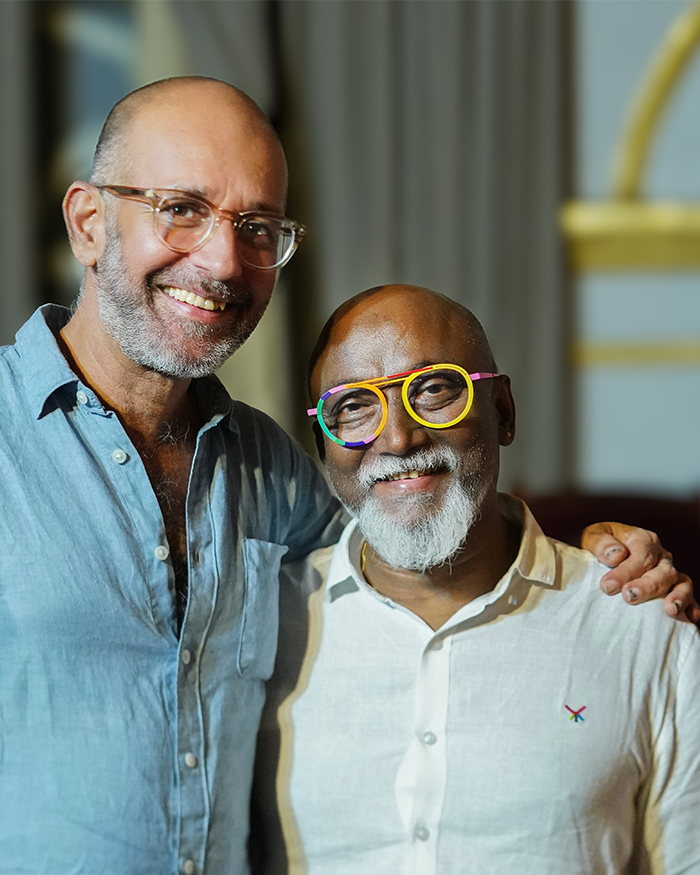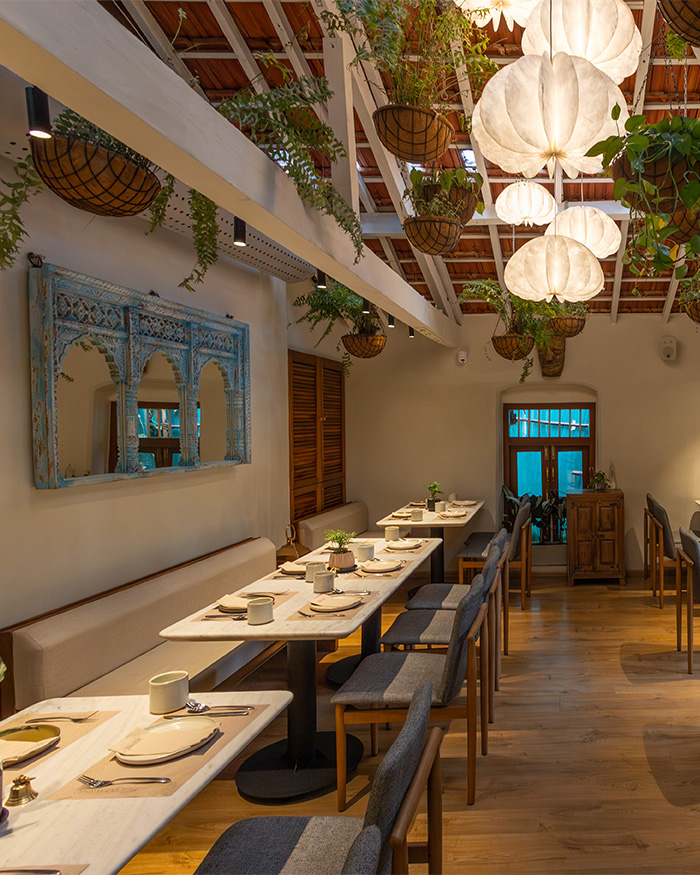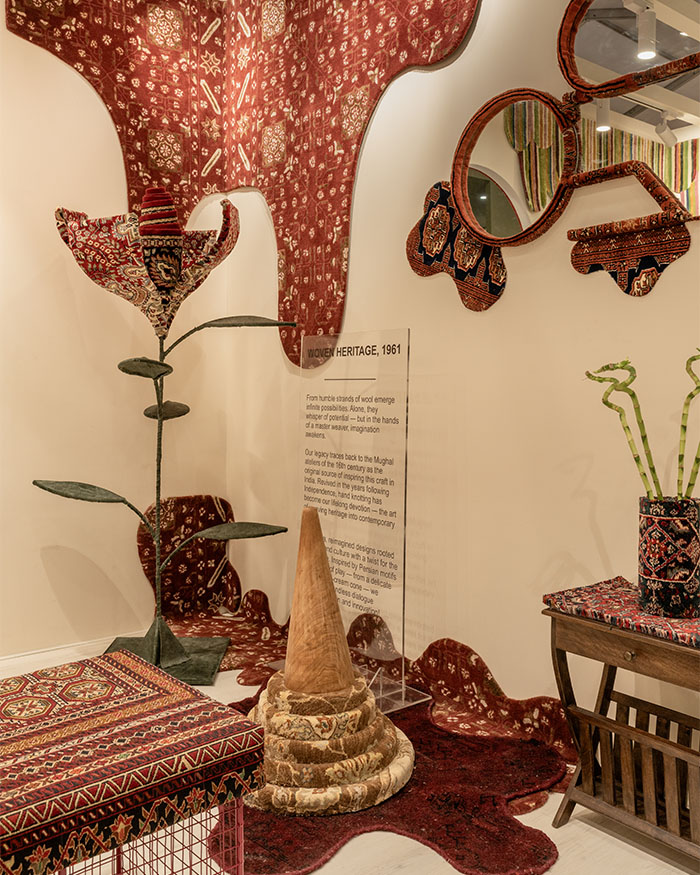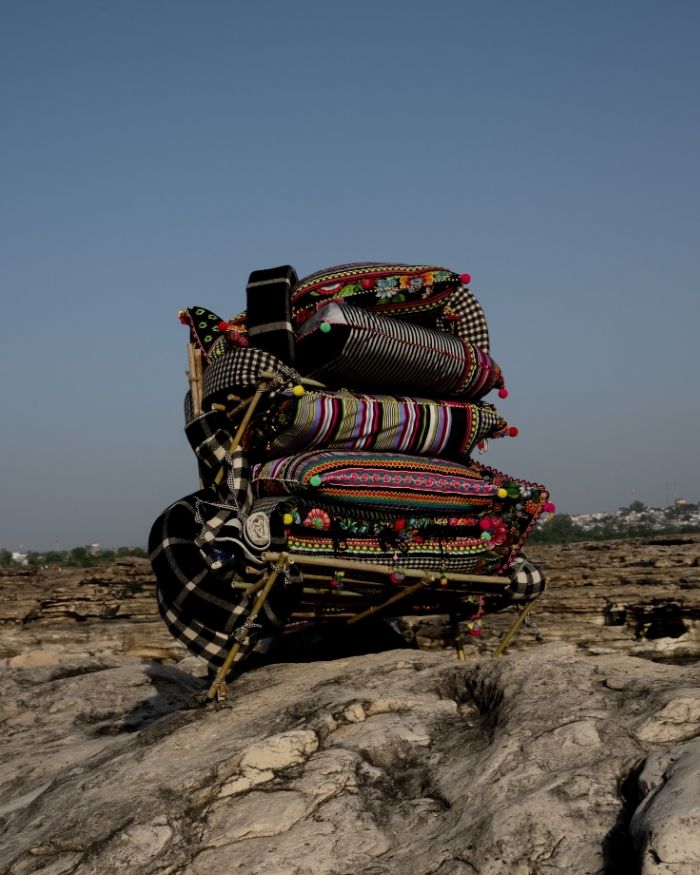Ganpati in Mumbai. Through wafting legends and uncontained excitement, the news had reached me. It was my first week in the city, two years ago. Everyone asked me to stay home, not even attempt to commute. But I had to see for myself. Mustering up courage, I walked outside. The unbridled sound of drums, roars and music. A sea of people. Traffic at a standstill. And a larger-than-life idol.
Even if you are not spiritually aligned, the symbolism writes itself. The financial capital of the country and the God who removes all obstacles. The fervour that washes over the city, rises above lines of religion, class and caste. A true coming together. But it wasn’t always like this. This event, with all its pomp and circumstance, was actually carefully planned over 132 years ago.
"The simultaneity was uncanny: celebration as identity, protest as obstruction. Both claiming the same streets, both halting the city. The effect was of a colossal automaton suddenly jolted into consciousness of its own machinery"




















